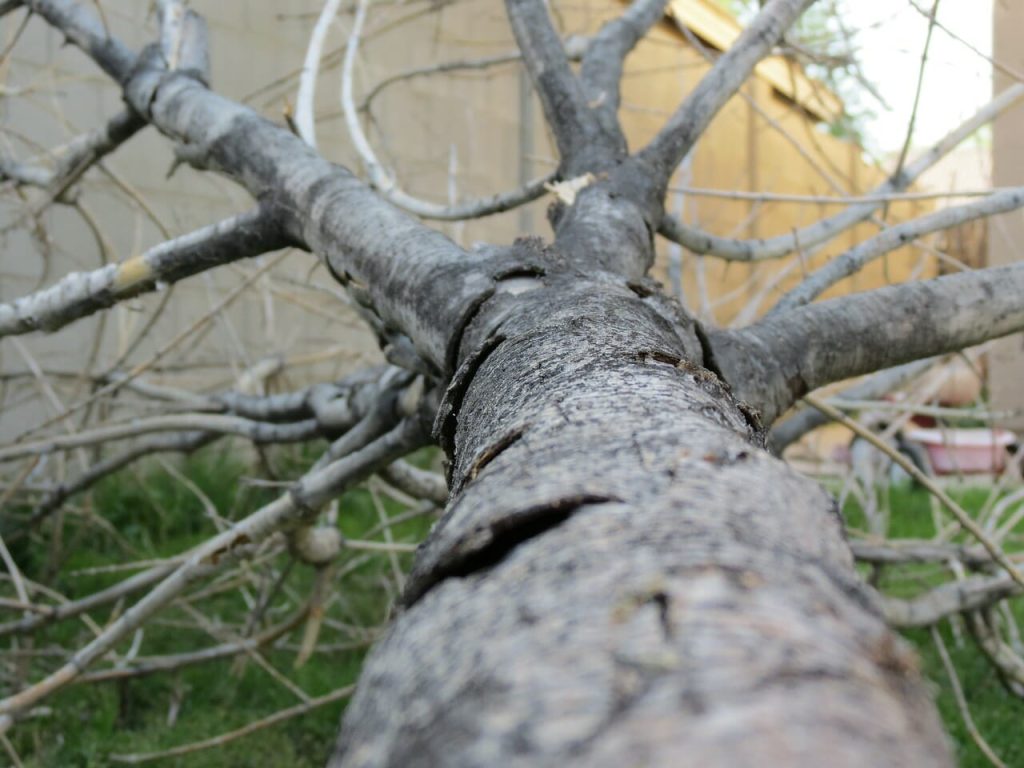Every year, people across the country suffer injuries or even fatalities due to falling trees or branches. In many of these incidents, the tree or branch didn’t fall as a result of a freak accident but because of the negligence of the person or entity responsible for ensuring the safety of visitors to the property. In such cases, victims or their estates may be entitled to compensation for their losses and damages. Below are two recent examples of tragic accidents.
The Jellystone Park Case
In July 2019, a three-year-old girl was camping with her family at the Yogi Bear Jellystone Park Campground in Elmer, New Jersey. As a storm approached early in the afternoon, the girl took shelter in her family’s tent with others. While it’s unclear whether strong winds from the storm caused a tree branch to break, the branch fell onto the tent, striking the girl. She was rushed to a local hospital but was unfortunately pronounced dead.
Another Case
Just a few days prior to the Elmer incident, a mother was pushing her six-month-old in a stroller along a sidewalk in Chatham, New Jersey, when a tree branch fell from above, crashing into both of them. Thankfully, both the mother and child survived the accident and were taken to Morristown Medical Center for treatment.
Premises Liability
Accidents caused by falling trees and branches often involve the concept of premises liability, which relates to the legal responsibility of property owners and occupiers to maintain their property in a safe condition. Premises liability covers a wide range of hazards, including accidents caused by poorly maintained stairs, wet or uneven floors, and falling merchandise in retail stores. Regardless of whether the accident occurs at a private home, retail premises, or even a public sidewalk or park, the owner or occupier of the property has a duty to ensure that the property, both inside and out, remains in a reasonably safe condition.
The Duty of Care for Trees
Property owners and occupiers are legally obligated to periodically inspect the trees on their land to determine whether they are healthy and do not pose a danger to individuals near the property. If the owner or occupier is aware, or reasonably should be aware, that a tree or part of it is in a hazardous condition and fails to take action, they can be held liable for any injuries caused by it.
Other Causes
Owners or occupiers of property are not liable for accidents caused by “acts of God” or natural disasters. For instance, hurricanes, tornadoes, earthquakes, lightning, and severe microbursts are generally not actionable if they cause a tree or branch to fall and injure or kill someone. However, strong wind gusts are typically not considered a valid defense.
Proving a Fallen Tree Branch Case
In premises liability cases, negligence law is used to determine liability. Here’s what a claimant must prove:
- The tree owner had a duty to prevent harm.
- The owner breached that duty by either knowing or reasonably should have known that the tree posed a danger to others and failed to address the issue.
- The breach of that duty directly caused the injury to the claimant.
Damages
If the claimant can prove all three elements, they may be entitled to damages. These may include:
- Past and future medical expenses.
- Past and future lost wages.
- Any permanent disfigurement or disability.
- Pain and suffering.
- Loss of a normal life.
- In the case of wrongful death, funeral and burial costs, along with other significant damages outlined by the New Jersey Wrongful Death Act.
Contact a New Jersey Premises Liability Attorney
If you or a family member have been injured by a falling tree or branch anywhere in New Jersey or Pennsylvania, contact our office immediately to schedule a free consultation.








